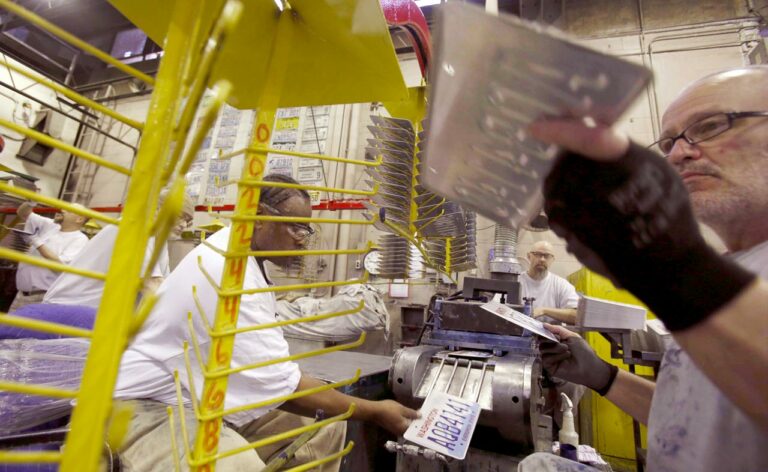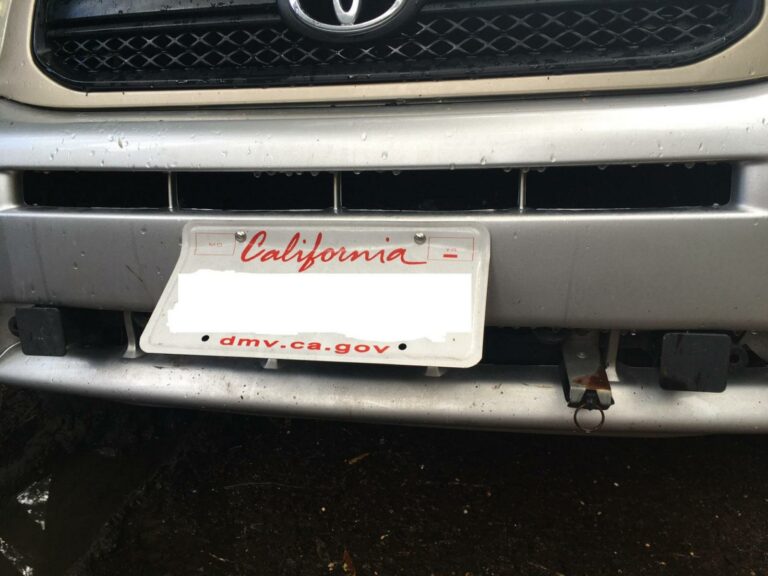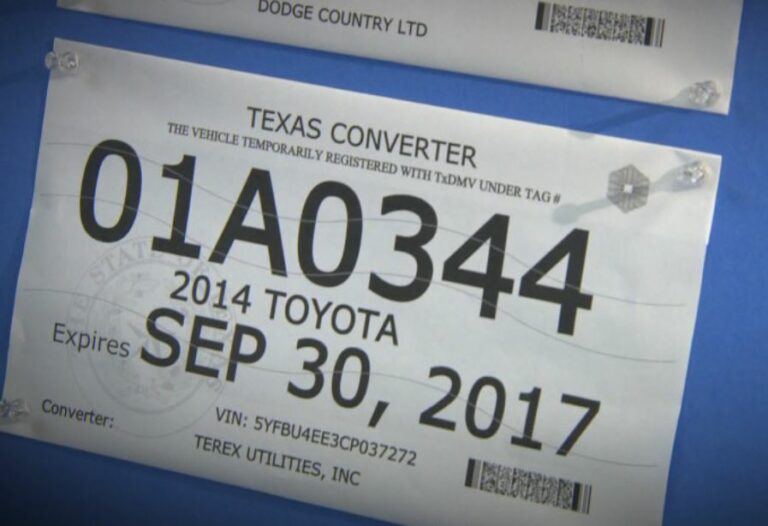Transferring License Plates To Another Car? DMV Procedures You Should Follow
Many people assume that if their license plate expires they must take the time to go through the process of getting new plates. This is not always true. An expired license plate can often be transferred to another vehicle with few complications.
There are many reasons why a car's owner might want or need to transfer an existing license plate onto a different car, rather than just getting new ones altogether. For instance, perhaps the person has recently purchased a second vehicle and wants to use their existing plates on it. Or maybe their original car was totaled in an accident and they've received compensation that allows them to buy another one.
So can you transfer license plates to another car? Short answer: yes, but there is some paperwork and steps to take.
Regardless of how or why it comes about, transferring your old license plate onto your replacement vehicle rarely requires more than a simple visit with your local Department of Motor Vehicles (DMV) office.
Steps for Transferring License Plates to Another car:
- Take both vehicles and the old plates to your DMV office. Make sure you have all the proper registration and insurance documentation and other paperwork that may be required by your state's laws before making this change. You will also need both sets of keys.
- If you're not sure whether or not it's okay, call ahead and ask if there are any restrictions on transferring plates from one vehicle to another.
- When you arrive at the DMV, go inside and submit an application for a temporary permit so that you can take possession of the old plate until new ones arrive in the mail.
- Take the new vehicle that your plate is being transferred to, along with both sets of keys, back into the DMV office. The registration will be processed first and then you can come back outside once it's finished printing on the spot.
- Make sure to take some documentation with you proving that you are allowed to transfer license plates from one car onto another before leaving the DMV. If they ask for anything more than your name and address, make sure you have everything they may need on hand prior to starting this process.
- Once all is said and done, pay any fees or taxes due (if applicable), and go out and enjoy your fresh new set of license plates!
If transferring license plates is not an option in your state - if your license plate has been lost or stolen, for example - you will need to get new plates altogether. Make sure that you're not breaking any laws if you decide to do this by checking with your DMV office first.
Also note: That some states may require that your old expiring plates be returned to them before new ones can be issued, so another option might be to keep the old set as a memento of what they represent.
The bottom line is that transferring license plates is probably an option available in your state, unless otherwise restricted by local laws on car registrations and renewals. No matter why it's being done or how, carrying out this task should not take more than a few trips back and forth between the DMV office and wherever the plates are currently located.
Make sure to do any required research before visiting your DMV office and asking about transferring license plates to another car. Also remember that if you're ever in doubt about whether or not it's allowed, always ask ahead of time instead of risking an unnecessary trip to the DMV and wasting all the associated time and money over something easily answered over the phone.







